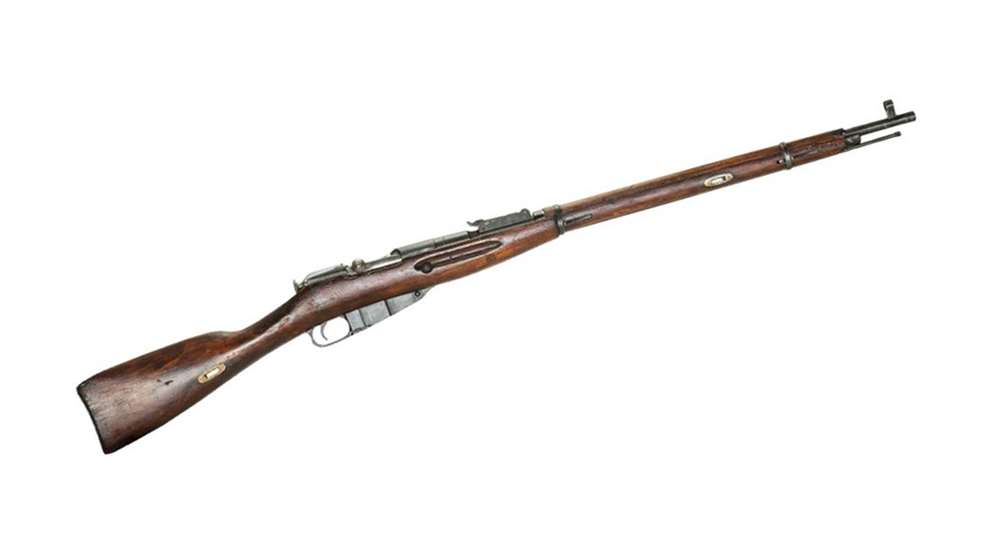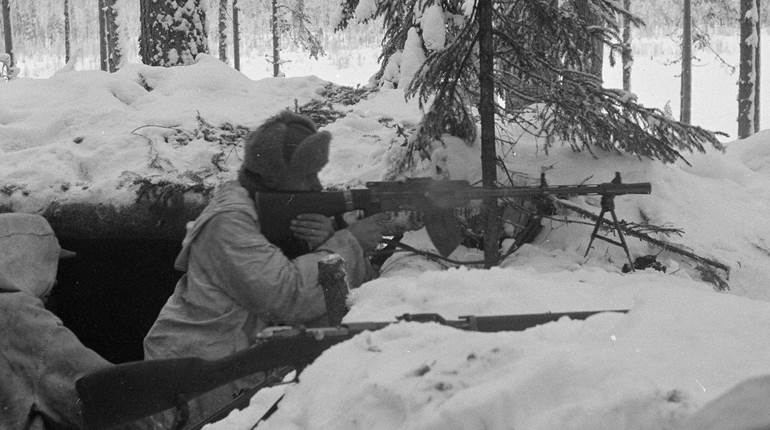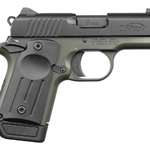
It’s best known as the M1891 Mosin-Nagant in the west. They refer to it as a Mosin in Russia, but when adopted by that country’s military, it was officially labeled the 3-Line Rifle. The linear designation indicates the gun’s bore, with each “line” representing the diameter in tenths of an inch. Chambered in 7.62x54 mm R, the bolt-action’s internal magazine had a five-cartridge capacity.
Development began shortly after the Russo-Ottoman war, when the sub-par performance of Russia’s military rifles became obvious. The selection process for a new firearm began in 1889. There were three submissions initially, including one designed by Captain Sergei Ivanovich Mosin—who was a member of Russia’s military—and another from Belgian Léon Nagant. None were deemed satisfactory, so guidelines were drafted and the parties were invited to improve upon their designs and resubmit samples for testing.
Mosin’s was found to perform the best, but it had a disturbing habit of cartridges trying to double feed during cycling. That, of course, was unacceptable in a combat gun. Nagant’s rifle, however, included “…an interrupter as a part of the extractor—a feature that he ‘borrowed’ from an earlier Mosin design,” Dave Campbell explained in his look at Mosin-Nagant 91/30 for American Rifleman. “Nagant applied for a patent on the interrupter, then turned around and threatened to sue Russia in international court for patent infringement.” The rifle’s different names are a byproduct of that patent dispute, one complicated by the fact that Mosin’s employer required him to his design work a military secret. Nagant also had an uncanny ability to self-promote long before Facebook, Twitter, selfies and pay-for-play algorithms.
Regardless of the preferred name, Russia knew it needed its army to be outfitted with the gun. Unfortunately, by World War I, the nation’s rifle factories couldn’t produce guns fast enough. To fill the void, 3.3 million were ordered from U.S. manufacturers Remington and New England Westinghouse.
Roughly a half million of those firearms made it into Russian hands. The others were stranded by 1917’s October Revolution. When Vladmir Lenin took control, he decided his Russia didn’t need to participate in the Great War, so he canceled the orders. Ultimately, many were purchased by the U.S. military and fielded by our expeditionary troops in Northern Russia campaigns. Some were used for training, others were sent to a variety of allied nations and even a few—prior to World War II—were sold to civilians.
When World War II broke out, the Mosin, or 3-Line Rifle, was the primary rifle issued to Soviet troops. It was modified to a variety of configurations, but none are quite as memorable as the sniping duties it performed on the Eastern Front. It also saw significant use during the Winter War, particularly in the hands of famed Finnish marksman Simo Häyhä.
Russia slowly phased out the Mosin-Nagant not long after Berlin fell, but other nations continued to field it for years afterward. When combined with variants made in China, Hungary, Finland and other countries, it’s estimated more than 40 million have been produced. The design is robust and rugged. As a result, it wasn’t unusual to see the aging design on battlefields in Afghanistan, Iraq and Syria. More than likely, there are quite a few sending rounds downrange today in conflict zones around the world.
Used models of the timeless bolt-action are available, but prices vary widely by condition and manufacturer. Expect to pay into the thousands for a well-cared-for, early and original model, but worn versions, particularly of the later M1891/30, run around the $500 mark from reputable dealers.




































